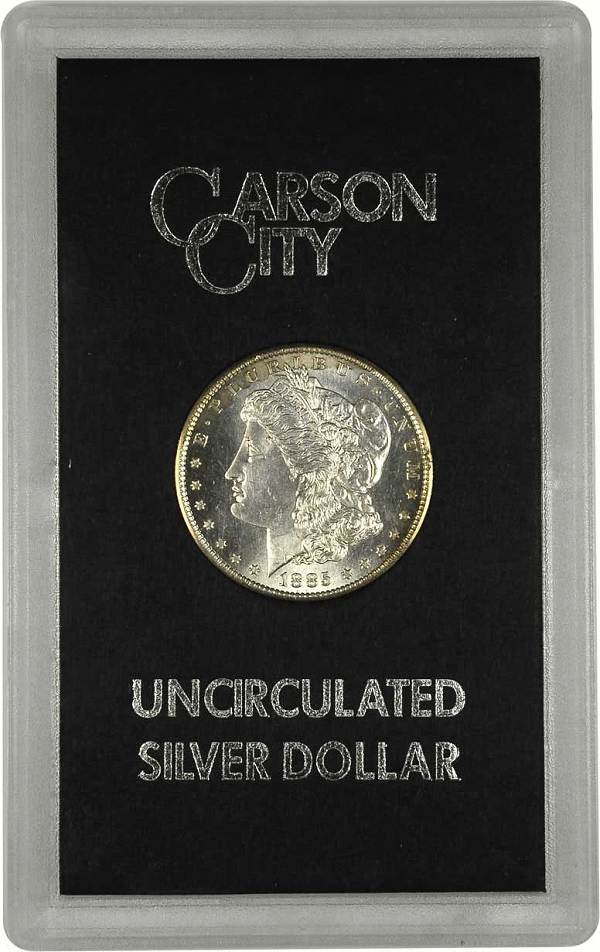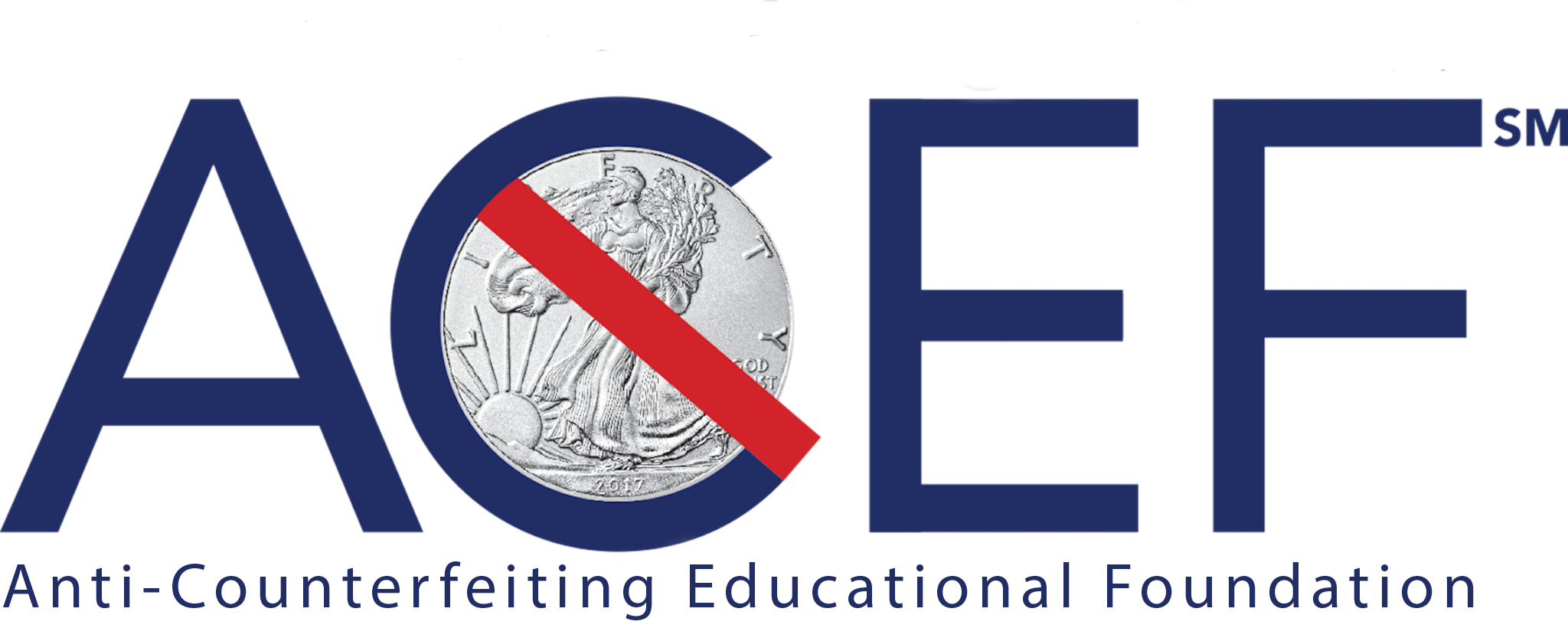
By Max Spiegel – Numismatic Guaranty Company (NGC) ……
At first glance, the counterfeit coin GSA holder looks similar to a genuine one. The fake 1885-CC Morgan Dollar, however, is far more obvious.
Recent reports have identified counterfeit coin GSA holders with counterfeit Carson City Morgan Dollars inside. A few years ago, NGC received a spurious GSA holder in a submission that included several authentic holders. This appears to be a new tactic of counterfeiters since many people would not suspect to encounter fake GSA holders, which were sold from 1973-1980.

After the United States Treasury stopped redeeming silver certificates for silver dollars in 1964, the General Services Administration (GSA), an agency of the US government, was tasked with marketing the silver dollars that remained in Treasury vaults. Several million coins, mostly Carson City Morgan Dollars, were packaged in hard plastic holders with black inserts and sold to the public from 1973 to 1980.
NGC grades Morgan Dollars in the original GSA holders by affixing a tamper-evident label that wraps around the rigid case. The label includes the standard coin description and NGC grade while still preserving the historic significance of the GSA holder. NGC has graded nearly 100,000 Morgan Dollars in GSA holders since it began certifying them in January 2003.

Counterfeit 1885-CC Morgan Dollar – Close Up
At first glance, the counterfeit coin GSA holder looks similar to a genuine one. The fake 1885-CC Morgan Dollar, however, is far more obvious. Both sides have unusual voids in the fields, such as between the ninth and tenth stars on the obverse and below the ON in ONE on the reverse. There are also numerous raised lines on the reverse that are frequently seen on counterfeits. These lines are particularly prominent around OF and through ONE DOLLAR. Several raised lumps—another common characteristic of fakes—can be located under magnification.

Counterfeit GSA Holder
When the spurious GSA holder is compared to a legitimate example, the differences become quite apparent. The black insert of the fake holder looks like paper or cardboard with smooth surfaces, while the plastic insert of the genuine holder has a rougher texture. The counterfeit is significantly lighter than its authentic counterpart, and the silver lettering is duller.
This is just the latest example of the efforts counterfeiters will make in order to fool collectors. Although the poor quality of this coin aided identification, there may be more deceptive ones in the marketplace. Collectors and dealers alike should certainly take a closer look when buying GSA holders.
